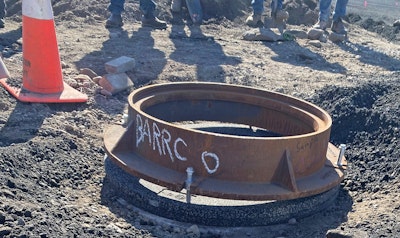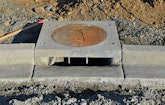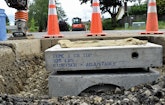When all is working smoothly, underground utilities operate largely undetected by the community. Manholes and other utility covers offer the only visible reminder of these and other critical systems, and most people don’t give them a second thought until they drive over a bad...
The Costs of Uneven Manholes
Properly leveling manhole and other utility covers goes a long way toward preventing weather-related problems.
Popular Stories
Discussion
Comments on this site are submitted by users and are not endorsed by nor do they reflect the views or opinions of COLE Publishing, Inc. Comments are moderated before being posted.










